The caecum (plural: caeca or caecums) is the first part of the large bowel and lies in the right lower quadrant of the abdomen.
On this page:
Gross anatomy
Blind-ending sac of bowel that lies below the ileocaecal valve, above which the large intestine continues as the ascending colon. The caecum measures 6 cm in length and can have a maximum diameter of 9 cm before it is considered abnormally enlarged. The vermiform appendix typically arises from the posteromedial surface, 2 cm inferior to the ileocaecal valve 1.
The caecum is covered by peritoneum, except posteriorly where it has a layer of loose connective tissue and it has a variable mesentery 1.
The superior margin of the caecum is defined by the ileocaecal ostium. Upper and lower flaps consisting of smooth muscle protrude into the lumen around the ostium forming the ileocaecal valve 2. Its competence is often shown by the lack of contrast reflux into the terminal ileum on contrast enema studies.
Relations
anterior: parietal peritoneum, anterior abdominal wall, and loops of small bowel
posterior: iliacus muscle, psoas muscle, femoral nerve, lateral femoral cutaneous nerve, genitofemoral nerve and variably, the appendix
medial: ileocaecal valve and terminal ileum
lateral: right paracolic gutter, anterior superior iliac spine
superior: ascending colon
inferior: the lateral third of the inguinal ligament
Arterial supply
anterior and posterior caecal arteries from the colic artery, a branch of the ileocolic artery from the superior mesenteric artery
Venous drainage
run with corresponding arteries to the superior mesenteric vein, a tributary of the portal venous system
Lymphatic drainage
lymphatic network runs parallel to the arterial supply, to paracolic lymph nodes, which drain to the superior mesenteric group
Innervation
sympathetic supply via the superior mesenteric plexus
parasympathetic supply via fibres from the anterior and posterior vagal trunks
Variant anatomy
subhepatic caecum: failure of the caecum to migrate to its typical position during midgut rotation in embryogenesis 3
-
right colonic mesentery fails to fuse to the lateral peritoneum 4
occurs in ~15% of the population 4
Related pathology
History and etymology
Caecum is short for the Latin term "intestinum caecum", which means blind gut.


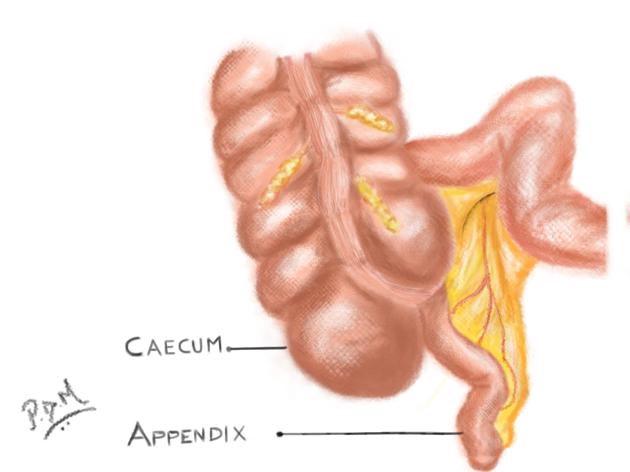


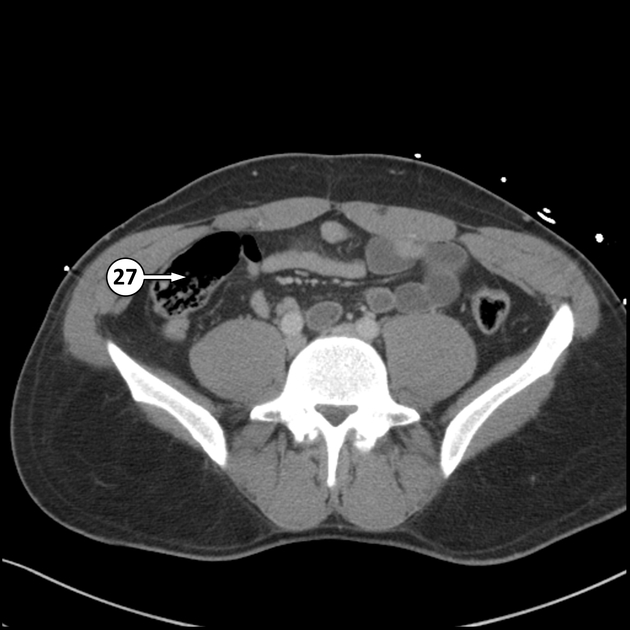
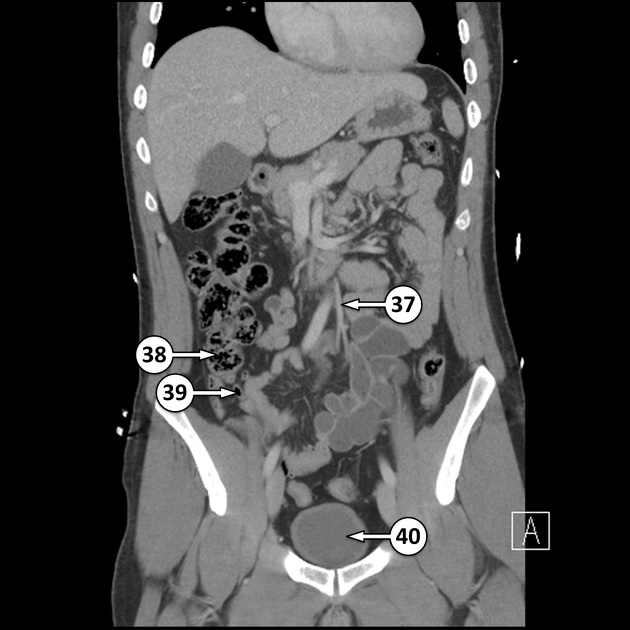
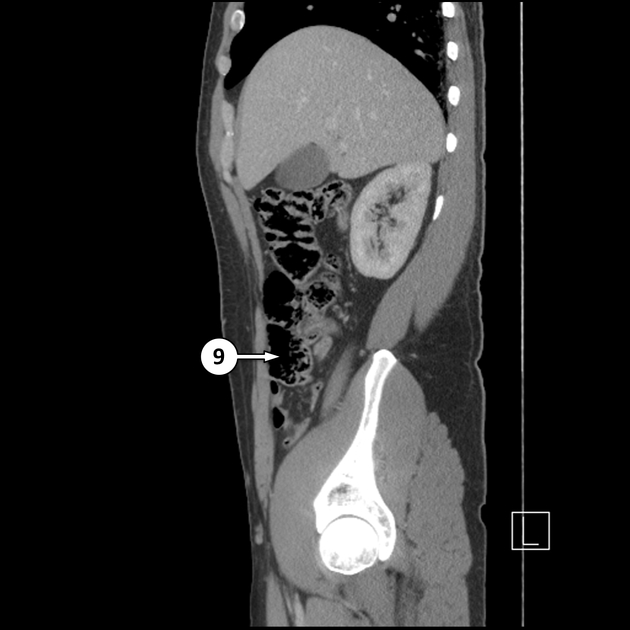
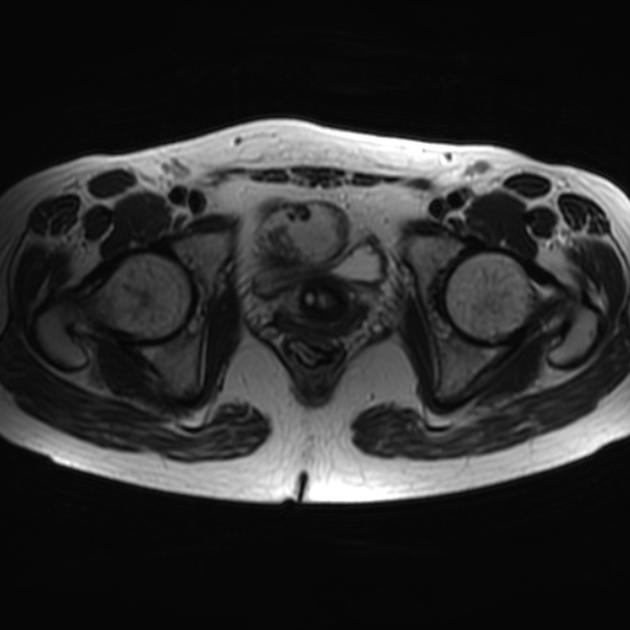
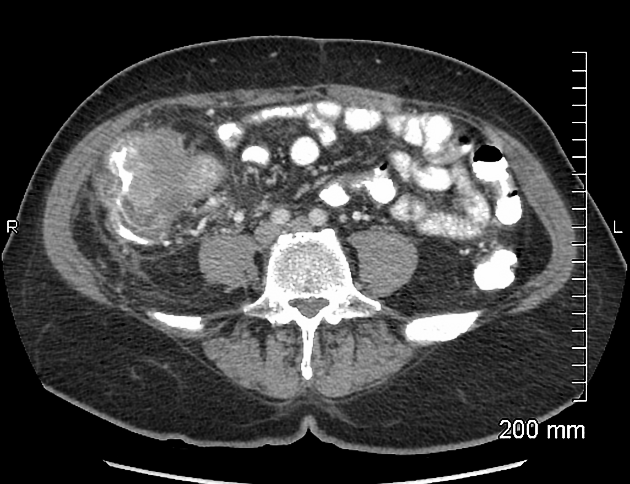


 Unable to process the form. Check for errors and try again.
Unable to process the form. Check for errors and try again.